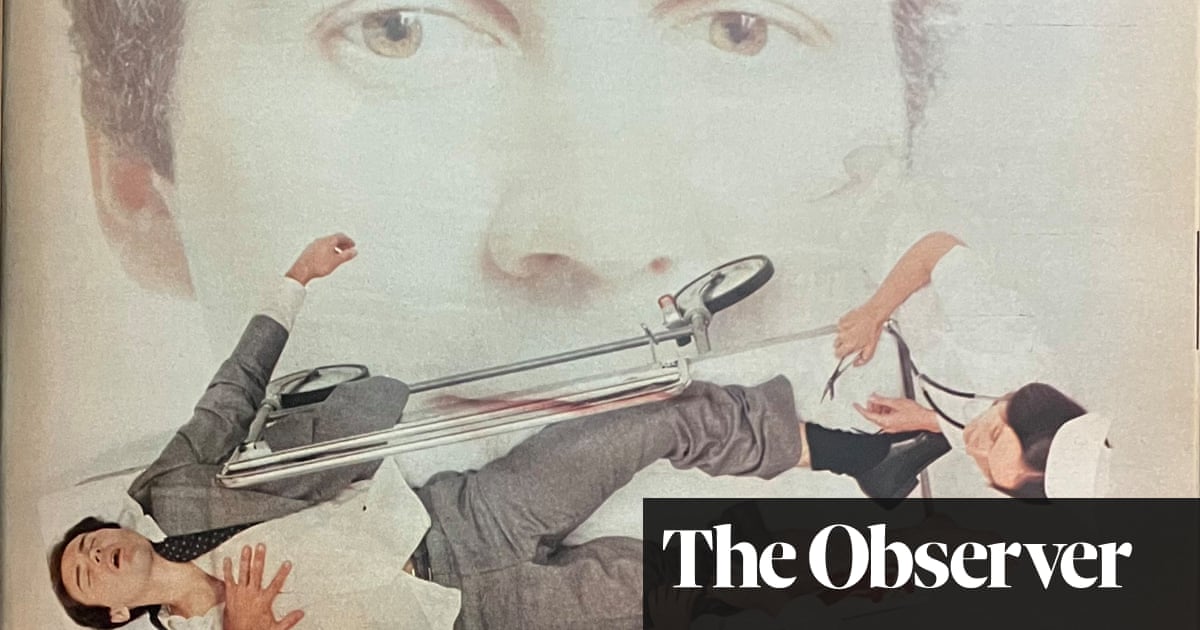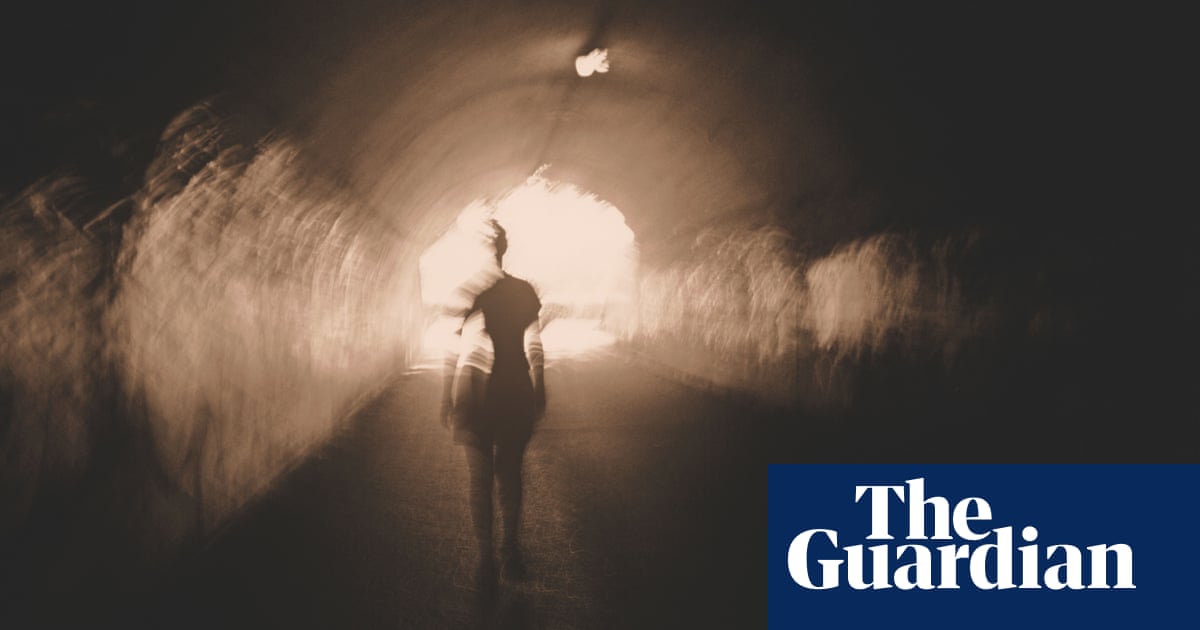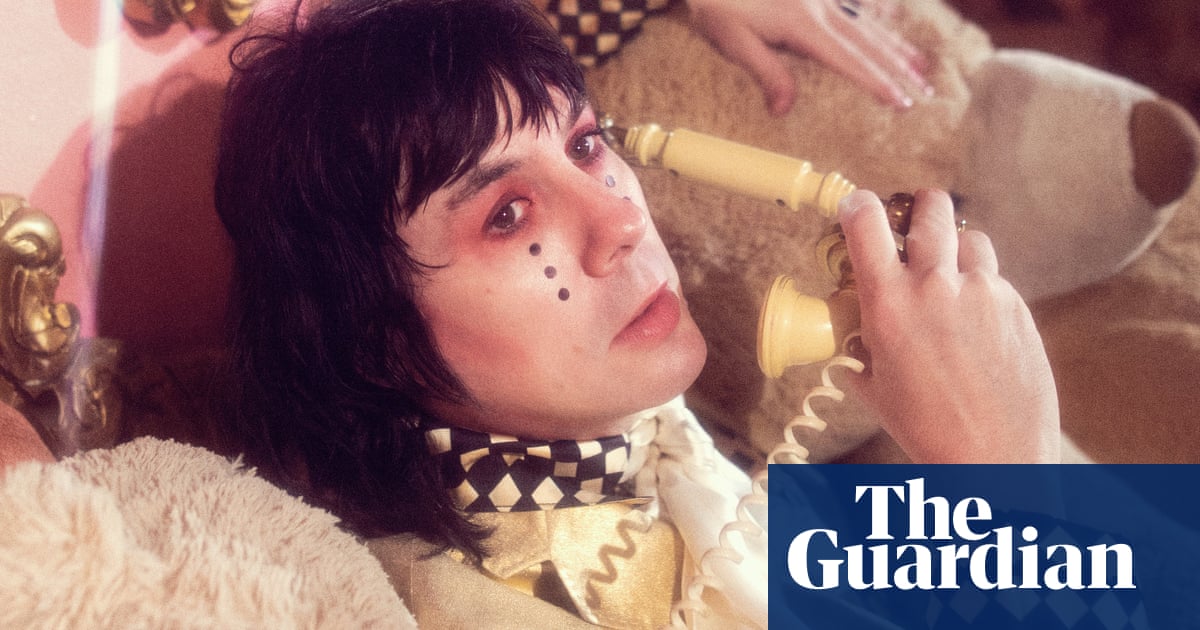
In April 1979, the Observer peeped behind the veil at near-death experiences. Improved cardiac care and the fact that ‘even boy scouts are now taught cardio-pulmonary resuscitation’ meant more people were glimpsing a bright light at the end of a tunnel – or something else – before being dragged back into this realm by medical science.
NDEs fell into two broad categories, the article explained. First, ‘transcendence’, described as ‘the passage of consciousness into a foreign region or dimension’, but also encompassing that ‘life flashing before your eyes’ phenomenon. The other was ‘autoscopy’: feeling as if you were outside, and viewing, your own body.
George Ritchie experienced both aged 20 in 1943 when he collapsed and was subsequently found not breathing and without a pulse. He stood beside his bed ‘looking down at his own body with a sheet drawn across his face’, then ‘found himself surrounded by a living panorama of all the events of his life’. Medical staff were not interested in his description of the experience (‘Get some rest now. Don’t try to talk,’ they told him). Later, when he qualified as a psychiatrist, he was drawn to explore it.
Ritchie was one of several doctors interviewed who were exploring what these liminal experiences might tell us about life and death. Cardiologist Dr Michael Sabom ‘sought outpatients who had suffered cardiac arrest, but who had until then said nothing about their experiences’. He catalogued uncanny similarities in their reported NDEs regardless of age, race, sex, education and religion.
Hallucination, hypoxia or a true glimpse of the other side… most sound reassuringly pleasant. ‘Peaceful and restful,’ said a 56-year-old businessman; ‘Floating, soft, easy, comfortable,’ said a 49-year-old security guard. Better still, Sabom’s research pointed to ‘a definite decrease in death anxiety’ in those who had diced with it. They also showed a marked determination ‘to complete the unfinished business in ordinary lives to the very best of their ability.’ Near-death experiences might be fairly heavenly, but they also seemed to give a renewed zest for life.












